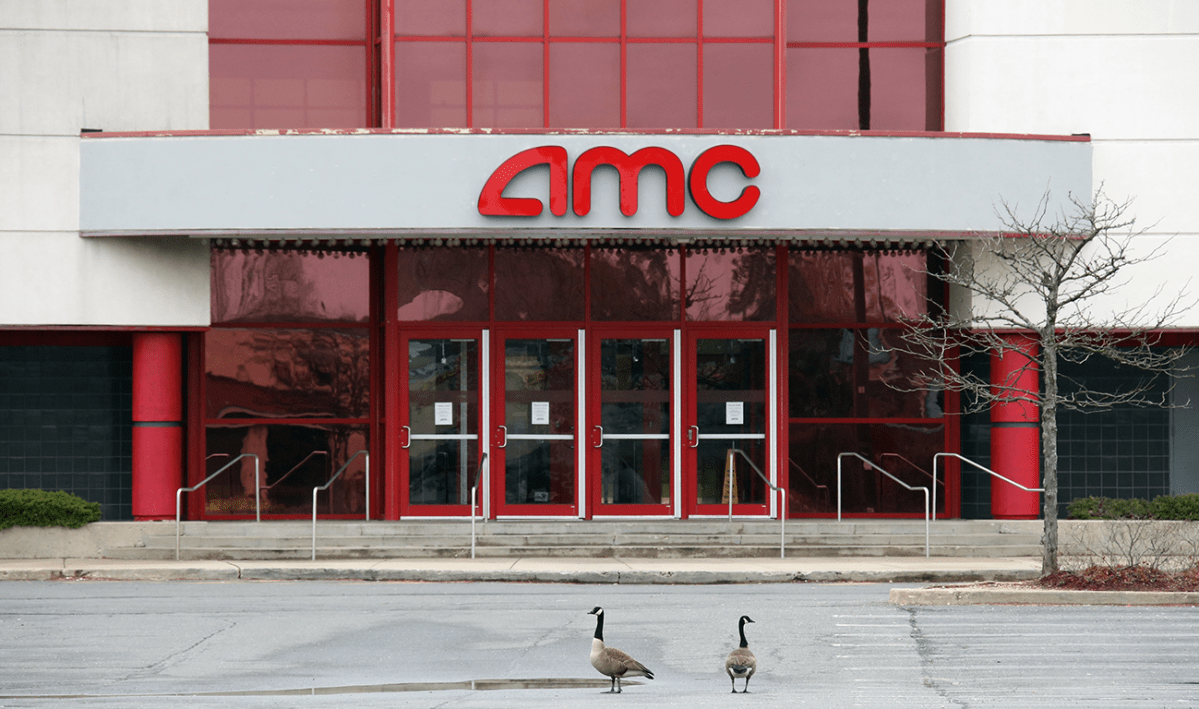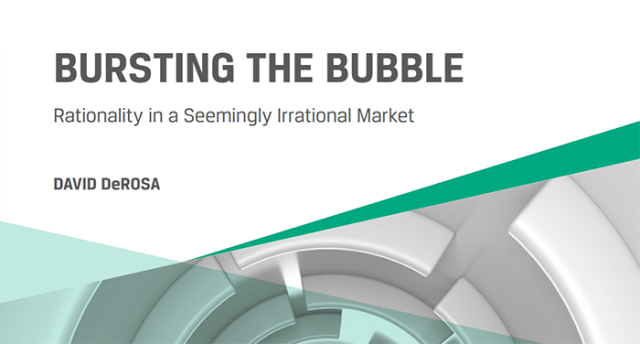[ad_1]
“Meme stocks” are a risky bunch. Prone to wild and unpredictable swings based on rumors and internet message board discussions, they are traded mostly by retail investors in search of the next big thing and with little regard for valuation models or the business’s underlying fundamentals.
While the movements of meme stocks occur seemingly at random and exhibit unsystematic risk, how do meme stocks move relative to stock market indices and other meme stocks?
Once a stock becomes a meme, we found, it not only exhibits greater total risk, or volatility, but also greater correlation with US stock indices and with other meme stocks. In fact, once a stock achieves meme status, its correlation with other meme stocks jumps over 80%, according to our estimates.
So what is a meme stock? In our analysis, we define them based on their prominence on Reddit’s WallStreetBets discussion board. Once a stock crossed a particular attention threshold on the forum, we categorized it as a meme and recorded the date when it reached that benchmark. AMC Theatres, GameStop, Tesla, Bed Bath & Beyond, and Tilray, among others, all attracted the requisite attention on WallStreetBets, as well as among retail traders and the media, to qualify as memes and were added to our list.
Using this dataset, we first examined how a stock’s correlation with various indices changed once it became a meme. We found meme stocks jumped most in correlation with the Russell 2000 once they enter meme territory: Their correlation coefficient increased from 0.29 to 0.39. Their correlation with the S&P 500 rose from 0.26 to 0.27.
Big move days we defined as those when a meme stock’s price swung at least 10%. When a meme stock jumped 10% or higher, the S&P 500 rose 0.26% on average. On days when a meme stock fell 10% or more, the S&P 500 increased an average of 0.13%. Again, this highlights a positive correlation between meme stocks and the market.
Correlations
| Technology Select Index | S&P 500 Index | Russell 2000 Index | |
| Meme Stocks (Before) | 0.244 | 0.260 | 0.288 |
| Meme Stocks (After) | 0.285 | 0.269 | 0.394 |
So how did the correlation of meme stocks change over time?
The average correlation among pre-meme stocks was 0.21. Once they became meme stocks, however, their correlation with one another jumped to 0.38. That’s more than an 80% increase in co-movement with fellow meme stocks.
For context, GameStop and AMC had a correlation coefficient of 0.08 before they became memes. Once they crossed the meme threshold, their correlation with each other jumped to 0.45.
Volatility on an unadjusted basis also rose substantially once a stock attained meme status. Pre-meme stocks had an average volatility of 83%. That jumped to 106% once they became memes. For instance, AMC’s volatility spiked from 134% on an annualized basis pre-meme to 239% post-meme.
Meme Stock Correlation
| Before Becoming Meme Stocks | 0.208 |
| After Becoming Meme Stocks | 0.378 |
In all, stocks traded much more closely with the Russell 2000 small-cap index and with other meme stocks after they became memes. This increased correlation suggests a risk that investors may want to pay attention to.
If you liked this post, don’t forget to subscribe to the Enterprising Investor.
All posts are the opinion of the author. As such, they should not be construed as investment advice, nor do the opinions expressed necessarily reflect the views of CFA Institute or the author’s employer.
Image credit: ©Getty Images / Bruce Bennett / Staff
Professional Learning for CFA Institute Members
CFA Institute members are empowered to self-determine and self-report professional learning (PL) credits earned, including content on Enterprising Investor. Members can record credits easily using their online PL tracker.
[ad_2]
Image and article originally from blogs.cfainstitute.org. Read the original article here.



